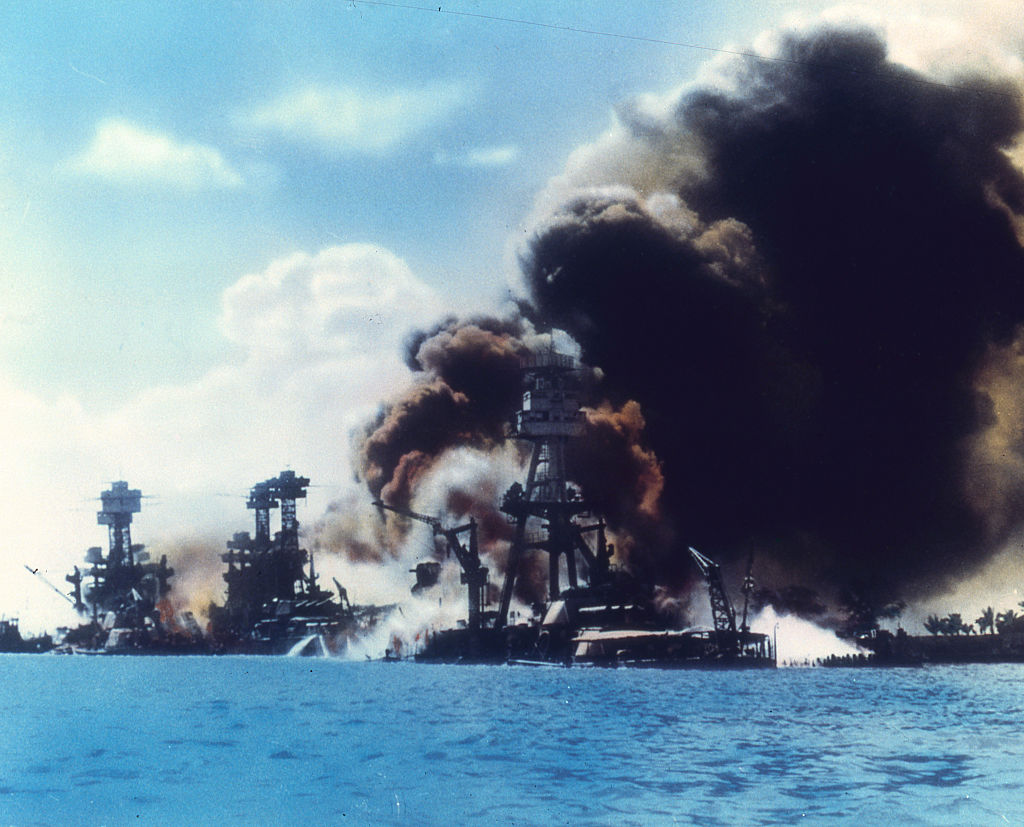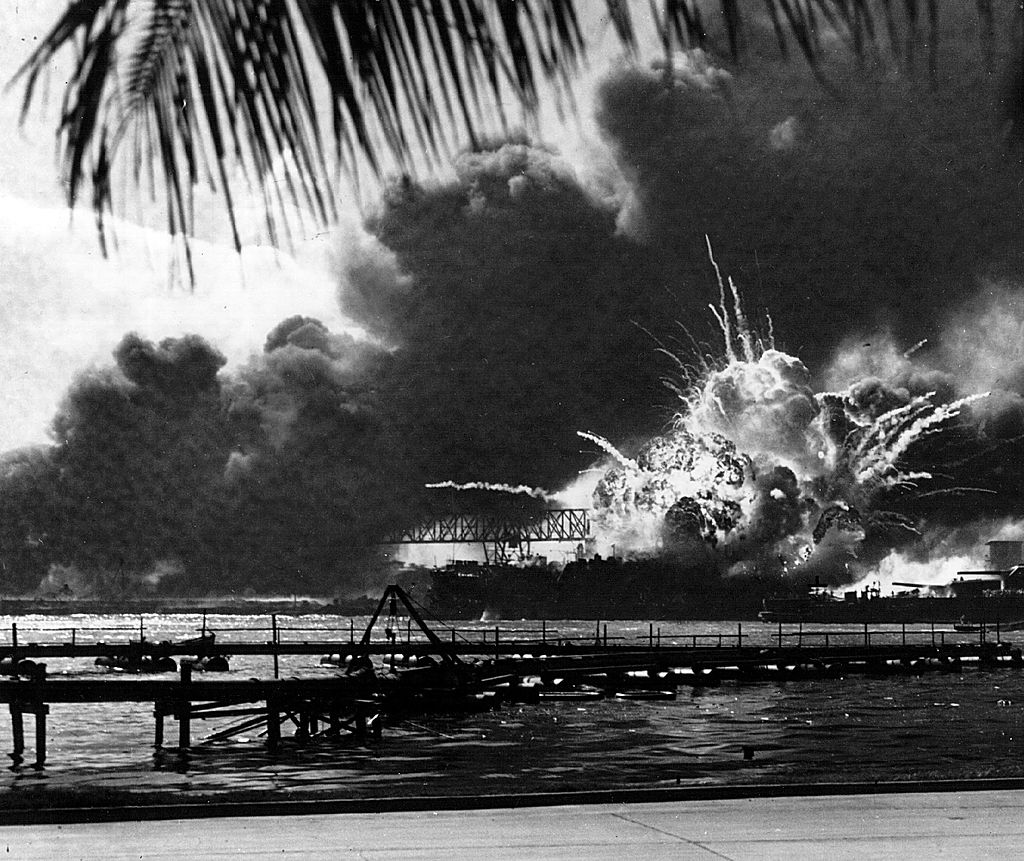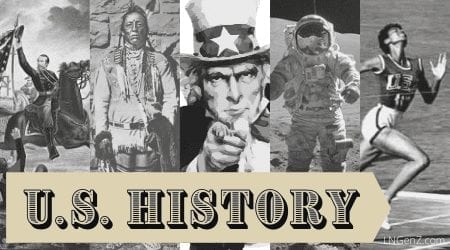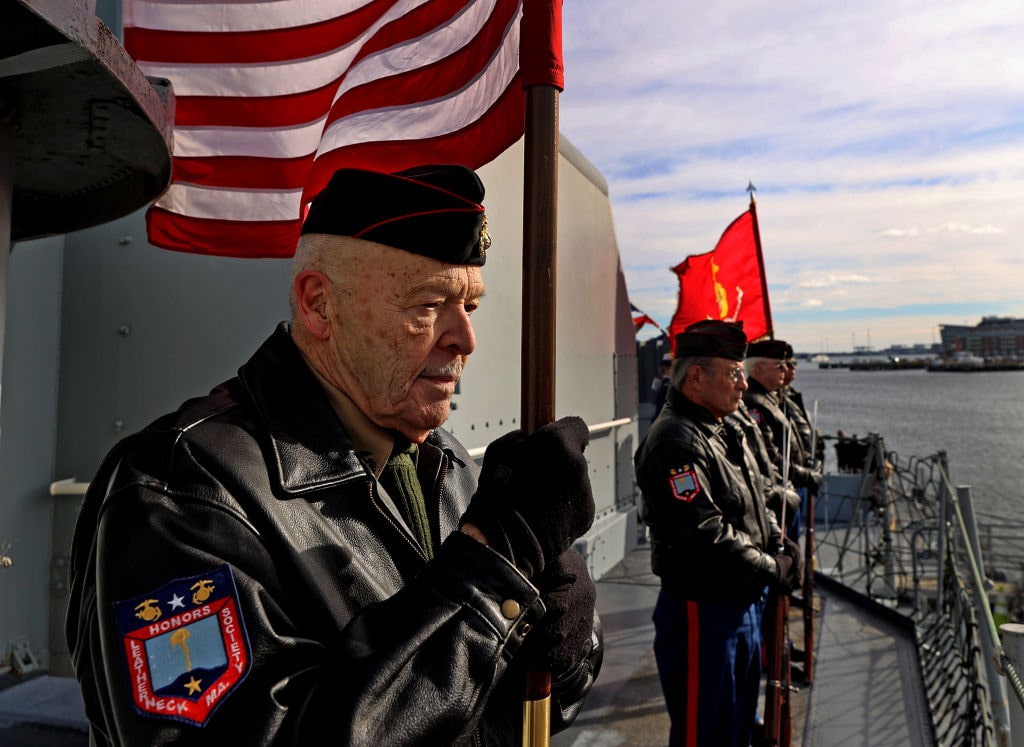-
American Pre-History
-
US History
- Why History Matters – Lesson – VIDEO
- The Importance of History: The Past Is the Key to the Future – Lesson
- Presentism and Its Evil – Lesson
- Historical Statues: Should they Stay or Go – Lesson
- Civil Unrest in the United States: A History – Lesson
- Presidents and the Cost of War – Lesson
- Presidents and the Cost of War – Quiz
- Declaration of Independence: Freeing America from Foreign Rule – Lesson
- Declaration of Independence: Freeing America from Foreign Rule – Quiz
-
Arrival of Europeans
-
Westward Expansion
-
Civil War and Reconstruction
- The Roots and the Rise of the Civil War – Lesson
- The Roots and the Rise of the Civil War – Quiz
- Civil War: The War Between the States – Lesson
- Civil War: The War Between the States – Quiz
- Reconstruction: Trying to Rebuild a Broken Nation – Lesson
- Reconstruction: Trying to Rebuild a Broken Nation – Quiz
-
Immigration and America
-
20th Century and Modern America
- Black Lives Matter and the Anarchists of 1919 – Lesson
- Prohibition: The Failed Attempt to Outlaw Drunkenness – Lesson
- Attack on Pearl Harbor: Bringing America into World War II – Lesson
- Survivors Tell Their Stories on 80th Anniversary of Pearl Harbor Attack – Lesson
- Survivors Tell Their Stories on 80th Anniversary of Pearl Harbor Attack – Quiz
- Marion Robert Goff: A Soldier’s Tale on D-Day – Lesson
- Marion Robert Goff: A Soldier’s Tale on D-Day – Quiz
- France Says ‘Merci Les Américains’ on Bastille Day – Lesson
- France Says ‘Merci Les Américains’ on Bastille Day – Quiz
- A Closer Look at Martin Luther King’s ‘I Have a Dream’ Speech – Lesson
- A Closer Look at Martin Luther King’s ‘I Have a Dream’ Speech – Quiz
- 50 Years Since Nixon Went to China: Ping-Pong Diplomacy – Lesson (Part 1)
- 50 Years Since Nixon Went to China: Ping-Pong Diplomacy – Quiz
- 50 Years Since Nixon Went to China: ‘The Week That Changed the World’ – Lesson (Part 2)
- 50 Years Since Nixon Went to China: ‘The Week That Changed the World’ – Quiz
- A short History of the US Military: World War I – Lesson
- A short History of the US Military: World War I – Quiz
- A Short Story of the US Military: The Korean War – Lesson
- A Short Story of the US Military: The Korean War – Quiz
-
Traditions
-
The 21st Century: A New Millennium
-
Military
- A Short History of the US Military – Part Two: The Navy – Quiz
- A Short History of the US Military – Part Two: The Navy – Lesson
- A Short History of the US Military: The Marines – Lesson
- A Short History of the US Military: The Marines – Quiz
- A Short History of the United States Military – the US Air Force – Lesson
- A Short History of the United States Military – the US Air Force – Quiz
- A Short History of the US Military: The Space Force – Lesson
- A Short History of the US Military: The Space Force – Quiz
- A Short History of the US Military – World War II – Lesson
- A Short History of the US Military – World War II – Quiz
- A Short History of the US Military: Coast Guard – Lesson
- A Short History of the US Military: Coast Guard – Quiz
- A Short History of the US Military – The Cold War – Lesson
- A Short History of the US Military – The Cold War – Quiz
Survivors Tell Their Stories on 80th Anniversary of Pearl Harbor Attack – Lesson
The “date which will live in infamy” changed America, as well as the path that history would take.

Ships struck during the Japanese attack on Pearl Harbor, 1941. (Photo by US Navy/Interim Archives/Getty Images)
December 7, 1941. That was the date Japanese air forces launched a surprise bombing on the American naval base at Pearl Harbor, Hawaii. The very next day, the United States declared war on Japan. Eighty years after the attack, America is commemorating the event that killed 2,390 Americans and took the nation into World War II, joining Britain and the Soviet Union to fight against the Axis Powers (Germany, Italy, and Japan).
A memorial ceremony was held at the site in Hawaii, honoring those who died while serving on the USS Utah, the first ship of the eight hit in the attack. The Reuters news service described the ceremony:
“Members of the U.S. Navy, veterans, friends and family members stood as the names of those who died were read out, each accompanied by a toll of a bell. The bugle call “Taps” was then played on a trumpet near the site of the sinking.”
“On the morning of December 7, 1941, in the first few minutes of the attack on Pearl Harbor, Utah was hit by two torpedoes, which caused serious flooding,” said U.S. Navy Commander Jason Adams at the event. “Chief [Peter] Tomich stayed in the engine room, keeping the boiler as stable as possible to allow his sailors to get off the ship. Utah capsized killing 58 men in 12 minutes.”

The USS Shaw explodes during the Japanese raid on Pearl Harbor, 1941. (Photo by National Archive/Getty Images)
Survivors Pay Tribute
Today, not many survivors of the event are still living, but around 30 were able to return to Pearl Harbor this year. One of those men is 99-year-old Herb Elfring. According to the Associated Press, the former soldier “said he’s glad to return to Pearl Harbor considering he almost didn’t live through the aerial assault.”
Ira “Ike” Schab is a 101-year-old Navy veteran who was able to attend a memorial in Hawaii after his daughter raised almost $9,000 online to send him. Schab was just 21 on the day of the attack. “It’s hard what to say the feeling that runs through your mind. You’re scared. You don’t know what’s going to happen next,” he told Hawaii News Now. “When I realized we were under attack I got busy doing what I was told, passing ammunition and getting that sort of stuff done.”
Another veteran who returned to Pearl Harbor this year is 101-year-old David Russell. The sailor was stationed on the USS Oklahoma. When the bombs began to drop, Russell first looked for cover below deck, but changed his mind as the ship’s hatch was closed – a choice that probably saved his life. “They started closing that hatch. And I decided to get out of there,” Russell recently recalled in an interview. A few minutes later, the ship would capsize. Over the next two days, 32 people who had been trapped in the ship were rescued, but over 400 perished.
 The Associated Press reported:
The Associated Press reported:
“Russell clambered over and around toppled lockers while the battleship slowly rolled over. ‘You had to walk sort of sideways,’ he said.
“Once he got to the main deck, he crawled over the ship’s side and eyed the USS Maryland moored next door. He didn’t want to swim because leaked oil was burning in the water below. Jumping, he caught a rope hanging from the Maryland and escaped to that battleship without injury. He then helped pass ammunition to the Maryland’s anti-aircraft guns …
“Russell still thinks about how lucky he was. He ponders why he decided to go topside on the Oklahoma, knowing most of the men who stayed behind likely were unable to get out after the hatch closed.”

(Photo by David L. Ryan/The Boston Globe via Getty Images)
Many years later, Russell is able to visit the site thanks to the Best Defense Foundation, a charity that helps World War II veterans return to their old battlefields.
The Associated Press described Russell’s experience: “For decades, Russell didn’t share much about his experiences in World War II because no one seemed to care. But the images from Pearl Harbor still haunt him, especially at night.”
He told reporters:
“When I was in the VA [Veteran’s Affairs] hospital there in San Francisco, they said, ‘We want you to talk about World War II.’ And I said, I told them, I said, ‘When we talk about it, people don’t believe us. They just walk away.’ So now people want to know more about it so we’re trying to talk about it. We’re trying to talk about it, and we’re just telling them what we saw … You can’t forget it.”